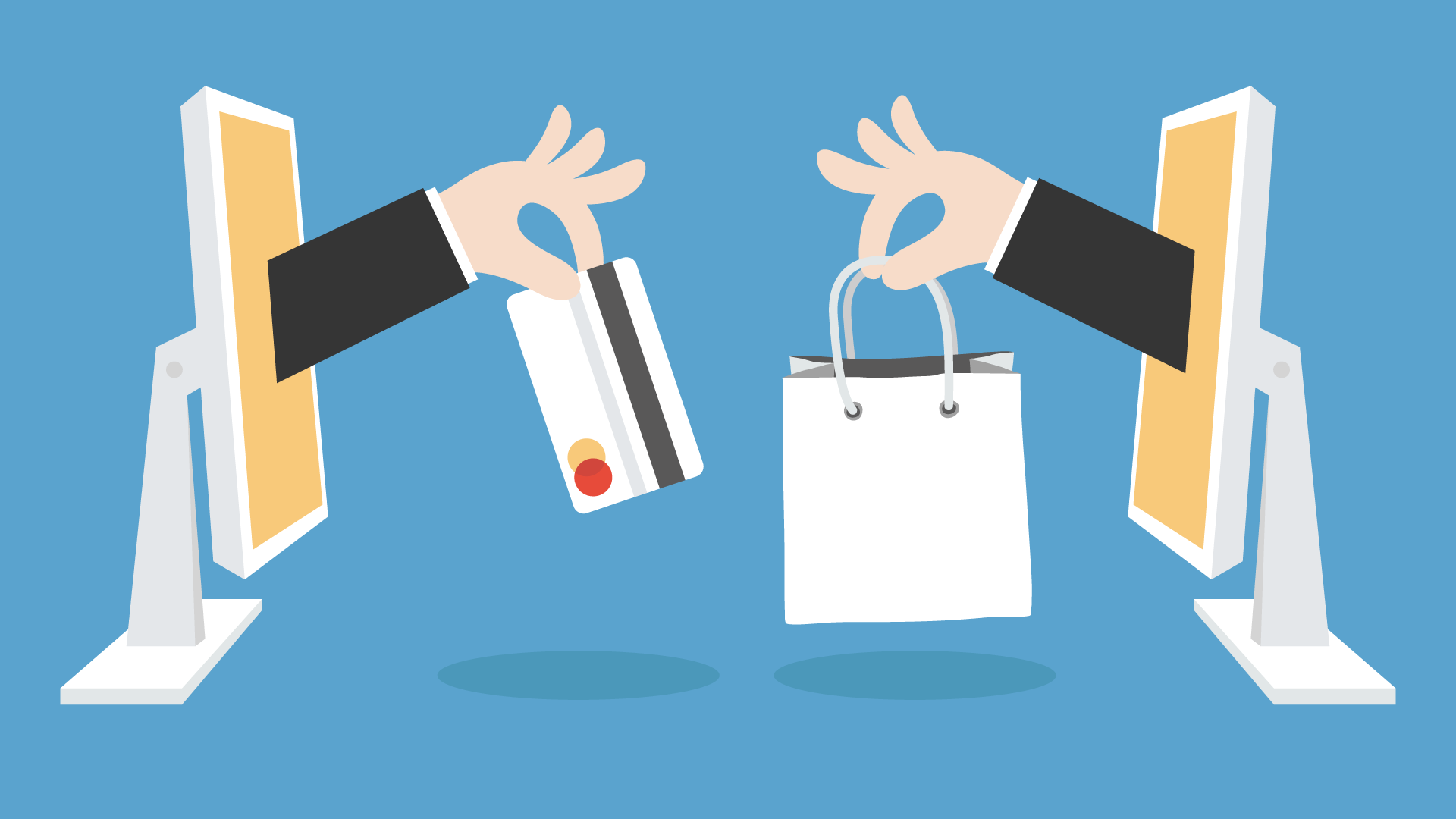Ecommerce Site Layout: Best Practices for 2024
Ecommerce Site Layout: Best Practices for 2024
Blog Article
Understanding Why This Digital Buying Fad Is Changing Retail and What Products You Can Deal in Today's Market
The electronic buying trend is not merely a passing stage; it stands for a fundamental change in customer habits and retail dynamics. As typical retail faces extraordinary difficulties, certain item classifications are seeing a surge in need, suggesting a change in customer top priorities.
Elements Driving Digital Shopping
The quick growth of electronic buying is primarily driven by numerous essential factors that reverberate with modern customer habits. To start with, the comfort of online buying allows customers to browse and buy items from the comfort of their homes, removing the requirement for taxing trips to physical shops. This access is even more improved by the spreading of mobile phones and mobile applications, making it possible for seamless shopping experiences on-the-go.

Consumers are presented with tailored recommendations, improving interaction and boosting the chance of purchases. Developing repayment services, such as digital budgets and buy-now-pay-later choices, have simplified transactions, making online purchasing extra enticing.
Influence on Standard Retail
Considerable modifications in consumer behavior driven by the surge of electronic shopping have actually greatly influenced conventional retail operations. As consumers progressively favor the convenience and performance of on the internet platforms, brick-and-mortar shops deal with mounting stress to adjust. This shift has actually caused declining foot website traffic, motivating numerous retailers to reassess their techniques and enhance their in-store experiences.
Traditional stores are now compelled to incorporate omnichannel methods, merging physical and electronic buying experiences to meet progressing consumer assumptions. The significance of a smooth shift between on-line browsing and in-store buying is essential for keeping customer commitment. Furthermore, sellers are leveraging modern technology to individualize advertising initiatives, using information analytics to anticipate customer preferences and tailor offerings appropriately.
The influence on supply administration has likewise been significant, as merchants adjust their supply levels to fit the fluctuation in need in between online and in-store sales. This dynamic requires boosted logistical capabilities and a much more dexterous supply chain to respond efficiently to real-time customer actions. Eventually, the development produced moved here by electronic purchasing trends requires a reevaluation of typical retail structures, compelling companies to innovate and continue to be affordable in an increasingly digital market.
Popular Products in Need
In the middle of the change in the direction of digital shopping, certain product classifications have surged in popularity, showing transforming customer choices. Electronics, especially clever home gadgets and wearables, have actually ended up being staples as consumers seek boosted benefit and connection. The pandemic sped up the need for home office equipment, resulting in enhanced sales of ergonomic furniture and efficiency tools.
Health and wellness and wellness products are also in high demand, with consumers focusing on individual health. Supplements, health and fitness tools, and mindfulness-related things have actually gotten traction, driven by a growing understanding of health and wellness. Furthermore, the appeal and skin care market has actually seen a significant rise, pushed by the rise in on the internet appeal tutorials and the need for self-care.
Lasting and environment-friendly items are catching the interest of environmentally conscious customers (Ecommerce). Things such as multiple-use bags, naturally degradable product packaging, and fairly sourced goods are progressively popular, as consumers seek to align their purchases with their worths
Approaches for Vendors
Leveraging digital platforms effectively is crucial for vendors aiming to grow in the advancing retail landscape. Most importantly, vendors should maximize their on the internet presence via a straightforward site and active engagement on social media channels. Top notch visuals and clear product descriptions boost user experience and urge conversions.

In addition, vendors should consider diversifying their item offerings to deal with varying customer choices. This not only alleviates threat but likewise records a broader audience. Applying effective inventory management methods ensures that preferred items are constantly in stock, improving customer satisfaction.
Moreover, cultivating excellent client solution can construct brand name commitment and encourage repeat company. Engaging with clients with testimonials and responses can additionally improve item offerings and marketing techniques.
Future Patterns in Ecommerce
As the digital landscape proceeds to progress, the future of ecommerce is positioned for transformative changes driven by technical improvements and transforming customer actions. Among one of the most significant trends is the assimilation of artificial knowledge (AI), which improves individualized buying experiences by analyzing customer data to predict preferences and recommend items. This customization not just enhances consumer satisfaction but also raises conversion prices.
Additionally, the surge of social business is improving exactly how brand names engage with consumers. Platforms like Instagram and TikTok are coming to be crucial sales networks, enabling users to buy products perfectly within their social media feeds. This trend is more magnified by influencer advertising and marketing, which leverages trust fund and connection to drive sales.
In addition, sustainability is significantly influencing buying choices, with consumers preferring brands that show green methods. E-commerce companies are reacting by taking on sustainable product packaging and promoting honest sourcing.
Conclusion
In verdict, the digital buying trend is basically changing the retail landscape by boosting convenience and personalization for consumers. Future fads in shopping will likely visit their website continue to form customer habits and retail techniques, additionally strengthening the value of electronic purchasing in the industry.
Report this page